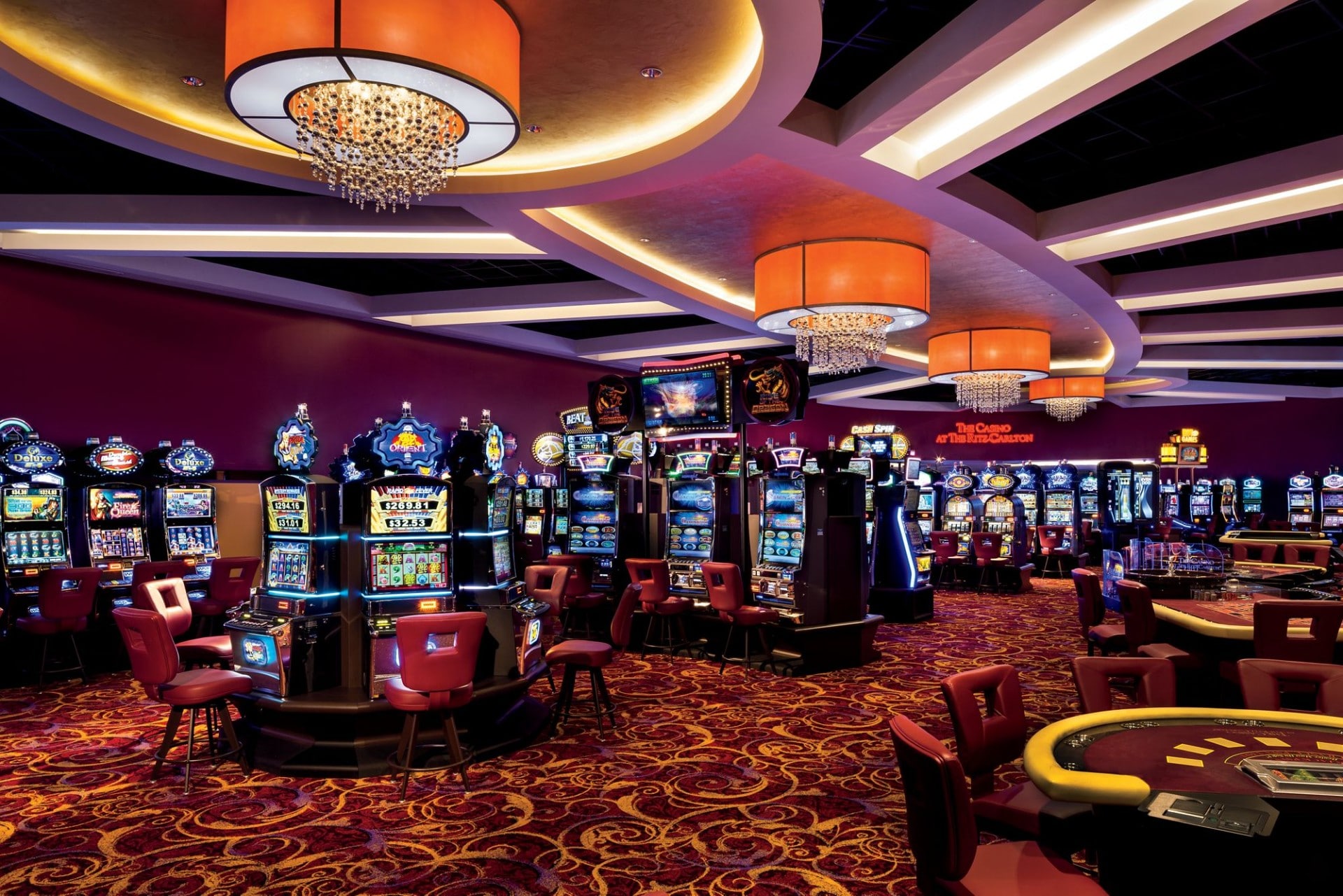
Beneath these glittering illuminations and the enticing noises of rotating wheels lies a vibrant world in which creativity meets mathematics: the making of casino games. While players flock to casinos seeking excitement plus the chance of striking it rich big, a huge amount of work takes form behind closed doors to create the games they enjoy. From the starting concept to the ultimate product that players engage with, many elements are brought together to ensure an captivating gaming experience.
Creators, engineers, and game developers collaborate to merge cutting-edge technology with engaging gameplay mechanics. Each aspect, from visuals and sound effects to odds and returns, is carefully crafted to attract players plus keep them engaged. Understanding this complex process of how casino games are made reveals both the technical expertise involved but also the creative vision that transforms these engaging experiences to life.
Game Development Workflow
The game process begins with idea generation and conceptualization, where creators generate ideas for innovative casino games. This first phase typically includes identifying target audiences and analyzing market trends. Designers consider elements like game mechanics, themes, and payout structures to create an engaging experience. Teamwork between game designers, mathematicians, and artists is crucial to guarantee a balanced concept.
Once a design is selected, the next stage involves prototyping and testing. Designers build a functional version of the game to evaluate its playability and mechanics. This allows for adjustments and refinements based on feedback from testers. Reiteration is vital, as designers may navigate multiple rounds of evaluations to fine-tune gameplay balance and user experience. This phase is crucial for spotting any possible issues before the game goes into production.
After testing, the game moves into the development phase and production. This comprises the technical aspects of coding the game software, integrating graphics, and ensuring compliance with gaming regulations. Quality assurance testing verifies that the game functions flawlessly across various platforms and devices. Once everything is refined, the game is prepared for launch, usually accompanied by marketing strategies to attract players and generate excitement around the new casino offering.
Tech and Development
The development of gambling games has changed significantly with developments in tech. Modern game design often incorporates premium graphics, captivating sound effects, and engaging animations that deliver a captivating experience for gamers. Game developers use sophisticated software tools and programming languages to develop these immersive gaming experiences. Additionally, the use of RNGs ensures fairness and unpredictability in outcomes, which is essential for maintaining player trust and compliance with gaming regulations.
In recent years, the rise of online casinos has pushed the limits of game development even further. Developers are now able to create games that cater to a global audience, incorporating features such as live dealers and virtual reality environments. This shift has encouraged creativity, leading to novel game mechanics and formats that enhance player engagement. Gaming on mobile devices has also become a key focus, driving developers to tailor games for mobile phones and tablets, ensuring availability and ease of access for players on the go.
Cooperation among designers, visual artists, and mathematicians is crucial in the development process. Each team brings their expertise to ensure games are not only aesthetically pleasing but also statistically accurate and enjoyable. The integration of player feedback during testing phases allows developers to improve game features and functionalities, ultimately leading to a positive launch. As technology continues to advance, the potential for new game concepts and experiences is unbounded, promising an exciting future for casino games.
Evaluating and Quality Control
Once a gambling game has been developed, it transitions to the critical phase of testing and quality control. This stage ensures that the game operates seamlessly and provides a fair experience for users. Teams conduct comprehensive tests, including functionality checks to verify that all game features work as intended. Each component, from visuals to sound effects, is evaluated to ensure quality benchmarks are met.
In addition to functionality testing, the game entails thorough compliance checks to meet compliance requirements. Multiple jurisdictions have specific rules governing game fairness and player protection. Quality assurance teams will check that the random number generators are working correctly and that the game’s payout percentages match with market standards. okwintvokwintv trực tiếp bóng đá This detailed examination helps establish trust with gamblers and authorities alike.
Finally, beta testing may be conducted with genuine players to gather insights on user experience. This invaluable insight allows developers to make necessary adjustments before the official launch. xem bóng đá okwintv Resolving any potential issues identified during this phase helps ensure that users will have a smooth, engaging experience when the game goes live. The commitment to quality reflects the sector’s dedication to delivering entertaining and trustworthy casino games.